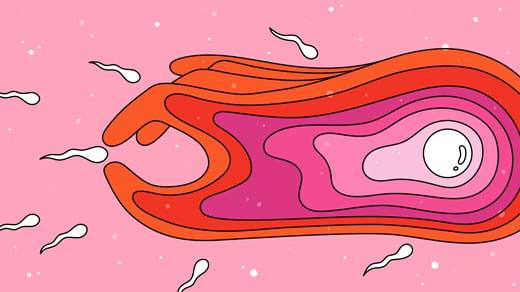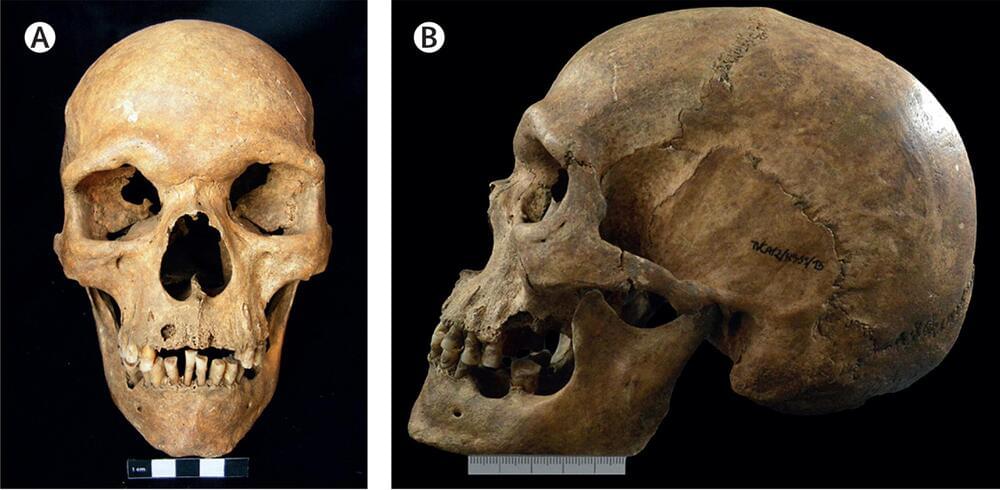Managing Complex Transplant (and Xenotransplant) Cases Globally — Dr Robert A Montgomery, MD, DPhil, FACS, Director, NYU Langone Health
Dr. Robert A. Montgomery, MD, DPhil, FACS, (https://nyulangone.org/doctors/1467404137/robert-montgomery) is the Director of the NYU Langone Transplant Institute, and Chair and a Professor in their Department of Surgery, where he oversees a diverse team of medical and surgical specialists who provide a wide variety of surgery and transplantation services including bone marrow, heart, kidney, liver, lung, and facial transplantation.
Dr. Montgomery received his Doctor of Medicine with Honor from the University of Rochester School of Medicine, his Doctor of Philosophy from Balliol College, The University of Oxford, England in Molecular Immunology, and completed his general surgical training, multi-organ transplantation fellowship, and postdoctoral fellowship in Human Molecular Genetics at Johns Hopkins.
For over a decade Dr. Montgomery served as the Chief of Transplant Surgery and the Director of the Comprehensive Transplant Center at Johns Hopkins.
Dr. Montgomery was part of the team that developed the laparoscopic procedure for live kidney donation, a procedure that has become the standard throughout the world. He and the Hopkins team conceived the idea of the Domino Paired Donation (kidney swaps), the Hopkins protocol for desensitization of incompatible kidney transplant patients, and performed the first chain of transplants started by an altruistic donor. He led the team that performed the first 2-way, 3-way, 4-way, 5-way, 6-way, and 8-way domino paired donations, and in the first 10-way open chain donation.





